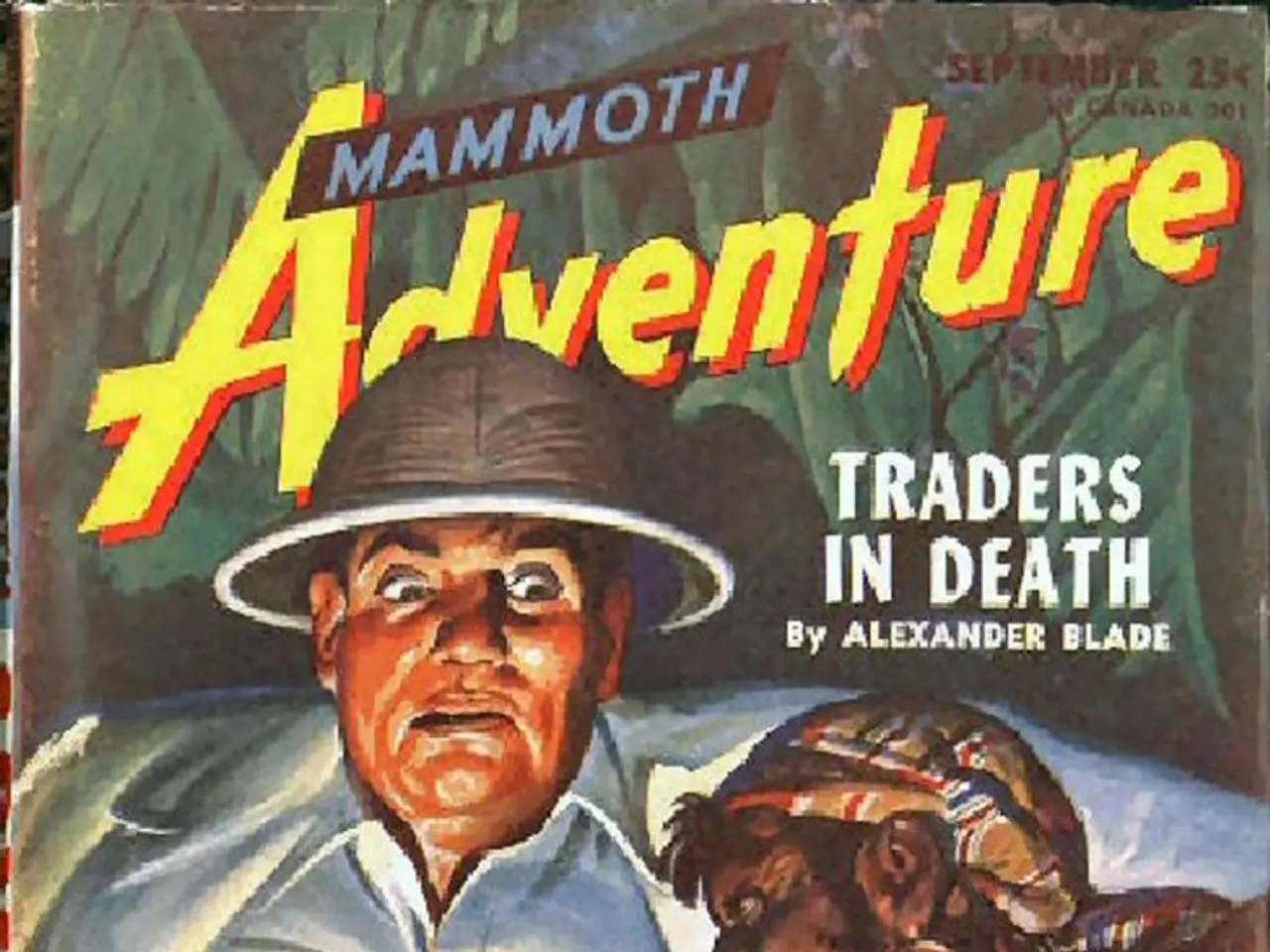Traces of Royal Ancestry in England Discovered for You
In an intriguing twist of history, a modern author finds themselves connected to one of England's most significant figures - King Henry I, also known as Henry Beauclerc. This connection, stretching back over nine centuries, is traced through the English royal lineage.
Born in circa 1068/1069, Henry I was the fourth son of William the Conqueror, the last person to successfully conquer England in 1066. He ascended to the throne in 1100 following the death of his elder brother, William II.
During his reign, Henry implemented numerous judicial and financial reforms. He established a biannual Exchequer to manage royal finances, and issued a Charter of Liberties, which laid the groundwork for future challenges to royal authority and foreshadowed the Magna Carta. For his scholarly pursuits and administrative reforms, Henry was known as "Beauclerc" and "The Lion of Justice."
Henry faced personal tragedy with the loss of his son William in the White Ship disaster. However, he had a daughter, Empress Matilda, whose descendants continued the English royal bloodline. Empress Matilda married Geoffrey of Anjou, and their son Henry II established the Plantagenet dynasty, leading down through English kings including Edward III and his descendants.
By the time of Henry VII in the 15th century, the royal family was interconnected through multiple lines, including through Mary Tudor, Henry VII’s daughter, and other branches. This lineage extends to descendants of Henry VII’s children (Henry VIII, Mary Tudor, Margaret Tudor) and their further descendants.
The author, with a noble desire to make a difference in the world, expresses a potential future project to save the human species using a website and AI. This project, while not yet realised, hints at a continuation of Henry I's legacy - a leader who strove to do good and make a positive impact on his kingdom.
Without the author's specific identity, a personalized lineage cannot be drawn. However, through the English royal line, Henry I had no legitimate surviving sons but had a daughter, Empress Matilda, whose descendants continued the English royal bloodline. Many contemporary British aristocratic families trace their ancestry back to these royal lines.
In summary, the family tree connecting a modern author to King Henry I involves descent from Henry I, Empress Matilda, Henry II, the Plantagenets (e.g., Edward III), through the Tudor monarchs (Henry VII and children), and various noble and modern descendants. This connection, while fascinating, serves as a reminder of the enduring impact of historical figures and the intricate web of humanity's shared history.
- The author's potential project, focused on saving the human species, might be seen as a modern manifestation of King Henry I's legacy, who strove to make a positive impact on his kingdom.
- In the realm of education-and-self-development and personal-growth, the author seeks to use a website and AI, much like Henry I, who was renowned for his scholarly pursuits.
- The evolution of relationships within the English royal family, from Henry I to the Tudor monarchs, has led to many contemporary British aristocratic families tracing their ancestry back to these lines, providing a link to pop-culture and entertainment.
- Despite the difference in eras, the author and King Henry I share a common thread in their attempts to address major issues and conflicts of their respective times, striving for a better lifestyle and future.




